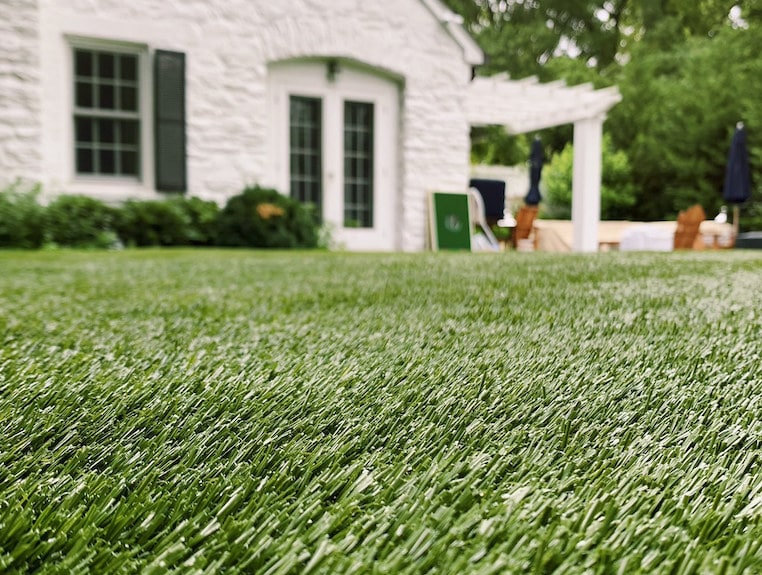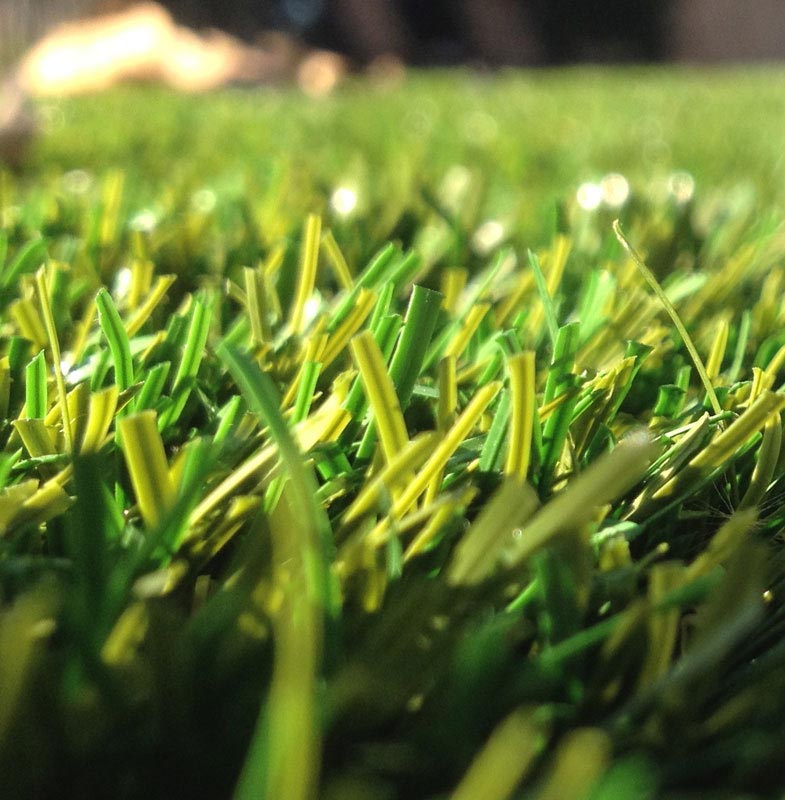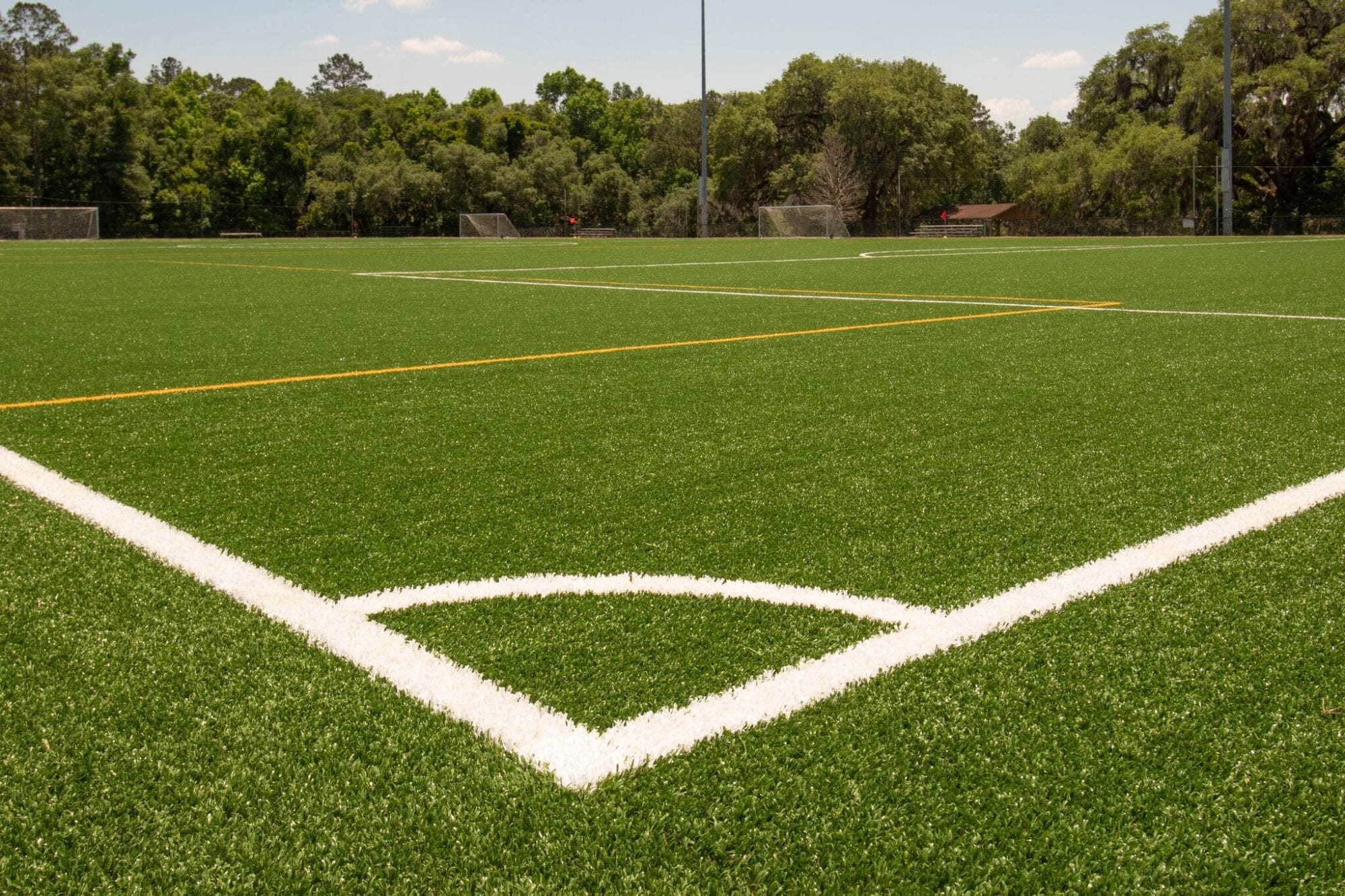Look Into the Environmental Perks of Opting for Artificial Lawn Solutions
The fostering of synthetic grass options provides a compelling chance to resolve pushing ecological difficulties. By substantially lowering water usage and reducing the application of unsafe chemicals, these choices not only advertise sustainable landscaping however likewise safeguard regional ecological communities. Additionally, the reduced carbon impact related to lowered maintenance activities adds to an extra lasting strategy to land monitoring. The implications of these advantages prolong beyond plain preservation efforts, increasing questions about their long-lasting influence on habitat preservation and general ecological equilibrium. Checking out these measurements discloses a complex interaction worth considering.
Water Preservation Conveniences
Among the most substantial advantages of synthetic grass is its capacity to preserve water. Standard yard yards require considerable irrigation, particularly in locations vulnerable to dry spell or water restrictions. On the other hand, synthetic grass does not need watering, significantly minimizing the overall demand for water sources. This function is particularly advantageous in arid regions where water scarcity is a pushing problem.
By removing the need for routine watering, synthetic grass adds to sustainable landscape methods and aids mitigate the ecological impact of extreme water usage. The preservation of water prolongs to the reduction of runoff, which can lead to dirt erosion and waterway pollution.
Furthermore, the setup of synthetic grass permits house owners and communities to allocate water sources much more efficiently, focusing on vital usages such as drinking water and agriculture. The shift towards synthetic grass not only advertises accountable water use however also straightens with broader environmental goals aimed at preserving all-natural sources.
As communities progressively focus on sustainability, the water preservation benefits of artificial grass provide an engaging situation for its fostering in domestic and industrial landscaping jobs.
Minimized Chemical Usage
The transition to synthetic grass substantially reduces the dependence on chemical treatments generally made use of in all-natural yard upkeep. Standard lawn management usually includes the application of plant foods, herbicides, and chemicals to advertise development and control pests. These chemicals can position risks to human health and wellness, regional wild animals, and the setting, contributing to soil and water contamination.
In comparison, synthetic grass gets rid of the requirement for these hazardous materials. As soon as set up, it requires minimal maintenance, primarily being composed of routine cleaning and infrequent infill replenishment. This decrease in chemical use not only profits the immediate environment however additionally contributes to broader eco-friendly stability. By decreasing the release of synthetic compounds into the ecosystem, synthetic grass advertises much healthier soil and water systems.
Moreover, the absence of chemical drainage linked with synthetic turf installments aids safeguard regional rivers from pollution, supporting marine life and keeping biodiversity. Phoenix turf companies. As neighborhoods progressively focus on sustainable techniques, choosing artificial turf provides a sensible solution that straightens with environmental conservation goals. Via this change, building owners can delight in lush environment-friendly spaces without endangering environmental wellness, leading the method for a much more sustainable future
Reduced Carbon Impact

In addition, the installation of synthetic grass can result in considerable water preservation. Natural grass call for substantial amounts of water for watering, which not only includes in the carbon impact linked with water removal and treatment yet additionally stress neighborhood water resources. In comparison, synthetic grass requires marginal over at this website upkeep, needing no watering, thereby dramatically reducing water usage and its connected energy prices.
Additionally, the long life of fabricated turf adds to its lower carbon influence. With a life expectancy of up to 15 years or even more, the requirement for frequent substitutes is diminished, resulting in less waste and reduced power intake in production and disposing of standard lawn choices. Generally, synthetic lawn presents a sustainable option for environmentally aware landscape design.
Habitat Conservation
Environment preservation is a vital consideration in the dispute over landscape design choices, specifically when comparing synthetic grass to all-natural grass. All-natural yard lawns usually need considerable upkeep, consisting of using herbicides, chemicals, and plant foods, which can detrimentally affect local communities. These chemicals can leach into the dirt and waterways, damaging indigenous plants and fauna and interfering with local environments.
In contrast, man-made turf presents an opportunity to decrease the environmental footprint of landscape design. By going with synthetic grass, homeowners next can minimize the disruption of all-natural environments connected with typical grass treatment techniques. Man-made turf eliminates the requirement for dangerous chemicals, thus shielding close-by wild animals and maintaining the integrity of surrounding ecological communities. Moreover, the installation of synthetic lawn can cause the conversion of previous lawn areas into even more biodiverse landscapes, such as pollinator gardens or indigenous plant areas, which can support local wild animals.
Eventually, the shift to man-made lawn not only conserves water and lowers upkeep initiatives however also cultivates an extra harmonious connection between human activities and the natural surroundings, advertising habitat preservation in the process.
Long-Term Sustainability
Lasting sustainability is a vital element in examining the advantages of synthetic grass over standard grass lawns. Among one of the most substantial benefits of synthetic turf is its resilience; it can last approximately 15-20 years with minimal upkeep, whereas natural yard calls for constant reseeding and replacement. This long life lowers the demand for continuous resources, such as water, plant foods, and pesticides, which are important for maintaining a healthy and balanced grass lawn.
In addition, synthetic grass adds to a reduction in carbon exhausts additional info related to yard care equipment. Typical yards typically call for gas-powered lawn mowers, leaners, and blowers, every one of which add to air contamination. Arizona turf. In contrast, synthetic grass gets rid of the requirement for such tools, promoting a cleaner setting
Additionally, the production of synthetic grass increasingly utilizes recycled products, improving its sustainability profile. As manufacturers adopt eco-friendly practices, the environmental impact of synthetic turf remains to decrease.

Verdict
The fostering of synthetic grass options presents substantial ecological advantages, consisting of substantial water preservation, reduced dependence on damaging chemicals, and a reduced carbon footprint. Moreover, fabricated grass help in preserving all-natural habitats by reducing land disturbance and promoting long-term sustainability via using long lasting products. Collectively, these variables emphasize the possibility of fabricated turf to add positively to ecological health and wellness and offer a feasible alternative to typical landscaping practices in a significantly resource-conscious world.
In comparison, artificial grass does not need watering, significantly reducing the general demand for water sources. By decreasing the release of artificial compounds right into the ecological community, artificial grass advertises much healthier soil and water systems.
Furthermore, the installation of synthetic turf can result in substantial water preservation. In contrast, man-made grass requires minimal upkeep, requiring no watering, thereby significantly lowering water use and its connected power costs.
